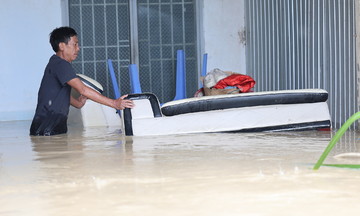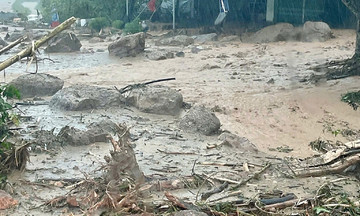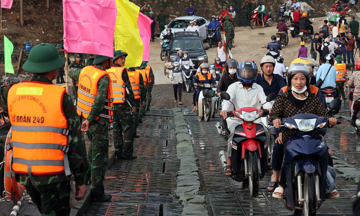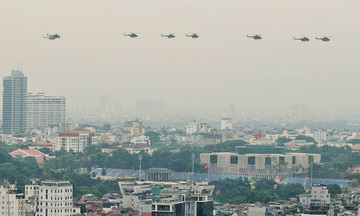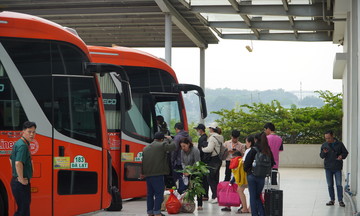On 12/7, Prime Minister Pham Minh Chinh issued Directive 20, urging Hanoi to implement solutions for individuals and organizations to transition to alternative vehicles. The goal is to eliminate fossil fuel-powered motorbikes within Ring Road 1 by 1/7/2026.
From 1/1/2028, petrol-powered motorbikes and personal cars using fossil fuels will be restricted within Ring Roads 1 and 2. By 2030, this restriction will extend to all fossil fuel-powered personal vehicles within Ring Road 3.
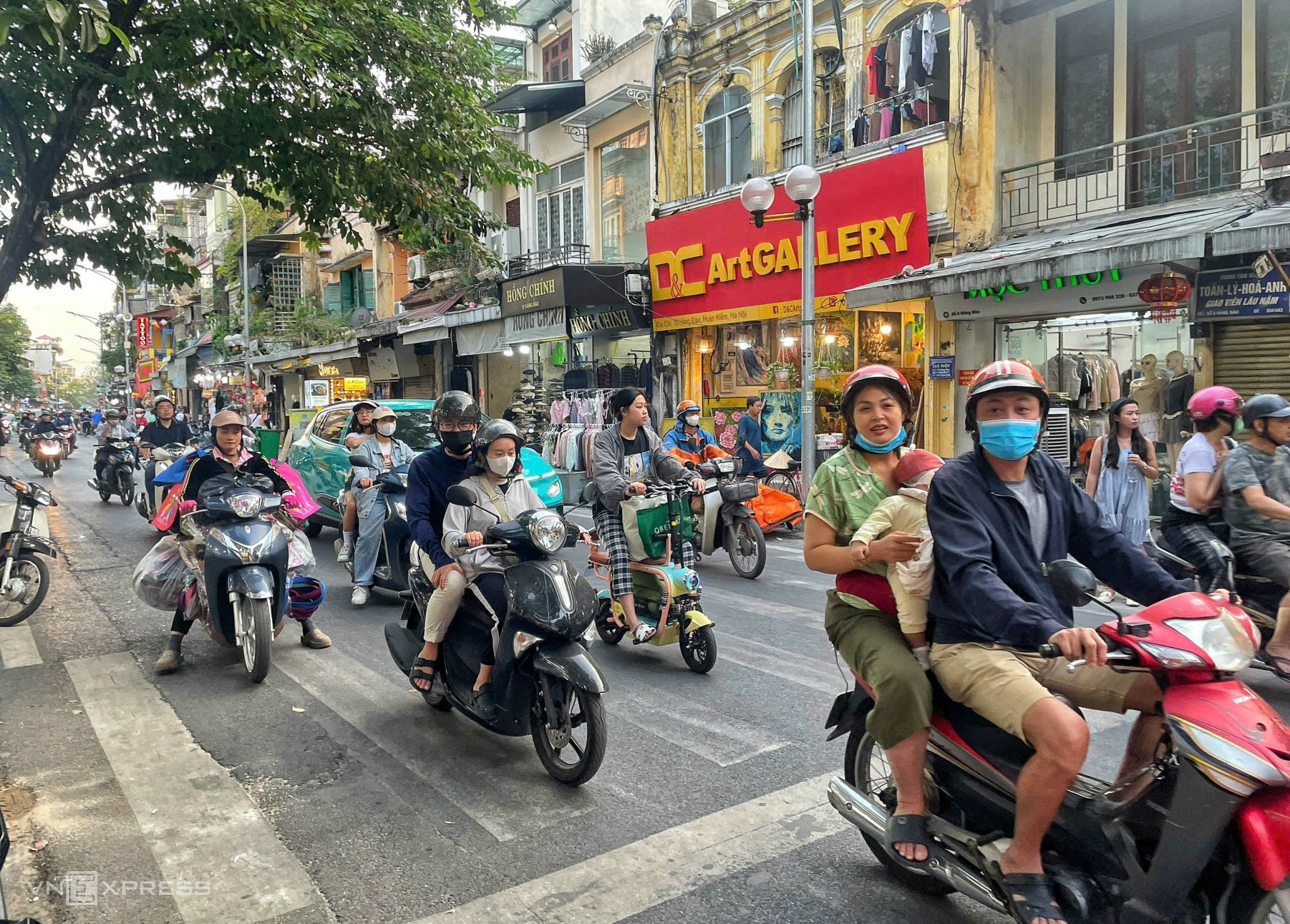 |
Petrol-powered motorbikes on Hang Dao Street (within Ring Road 1). Photo: Giang Huy |
Hanoi first proposed a roadmap to restrict and eventually ban motorbikes in older districts by 2030 in 2017 (Resolution 04, passed by the Hanoi People's Council on 4/7/2017) to address air pollution and traffic congestion.
Following the resolution, the city assigned relevant agencies to develop related proposals. One such proposal, "Zoning of motorbike restrictions and public transport capacity towards stopping motorbike operation in districts by 2030", was undertaken by the Department of Transportation (now the Department of Construction) and the Institute for Transport Development Strategy (Ministry of Construction).
Two zoning options were proposed. The first involved restricting motorbikes by district (12 districts and 5 districts in preparation). However, this approach faced challenges, including difficulties in traffic management due to the lack of a sufficient technical ring road, and challenges in building parking lots and transfer points.
The second option involved restricting motorbikes by ring road. The Institute for Transport Development Strategy suggested Ring Road 3 as the most suitable for motorbike restrictions among Hanoi's 5 ring roads planned by 2030. Ring Road 3 is a closed loop with a wide cross-section of 8-10 lanes, including sections of urban expressway, facilitating traffic flow. It also offers more land for parking lots, transfer points, and rest stops compared to the congested Ring Road 2.
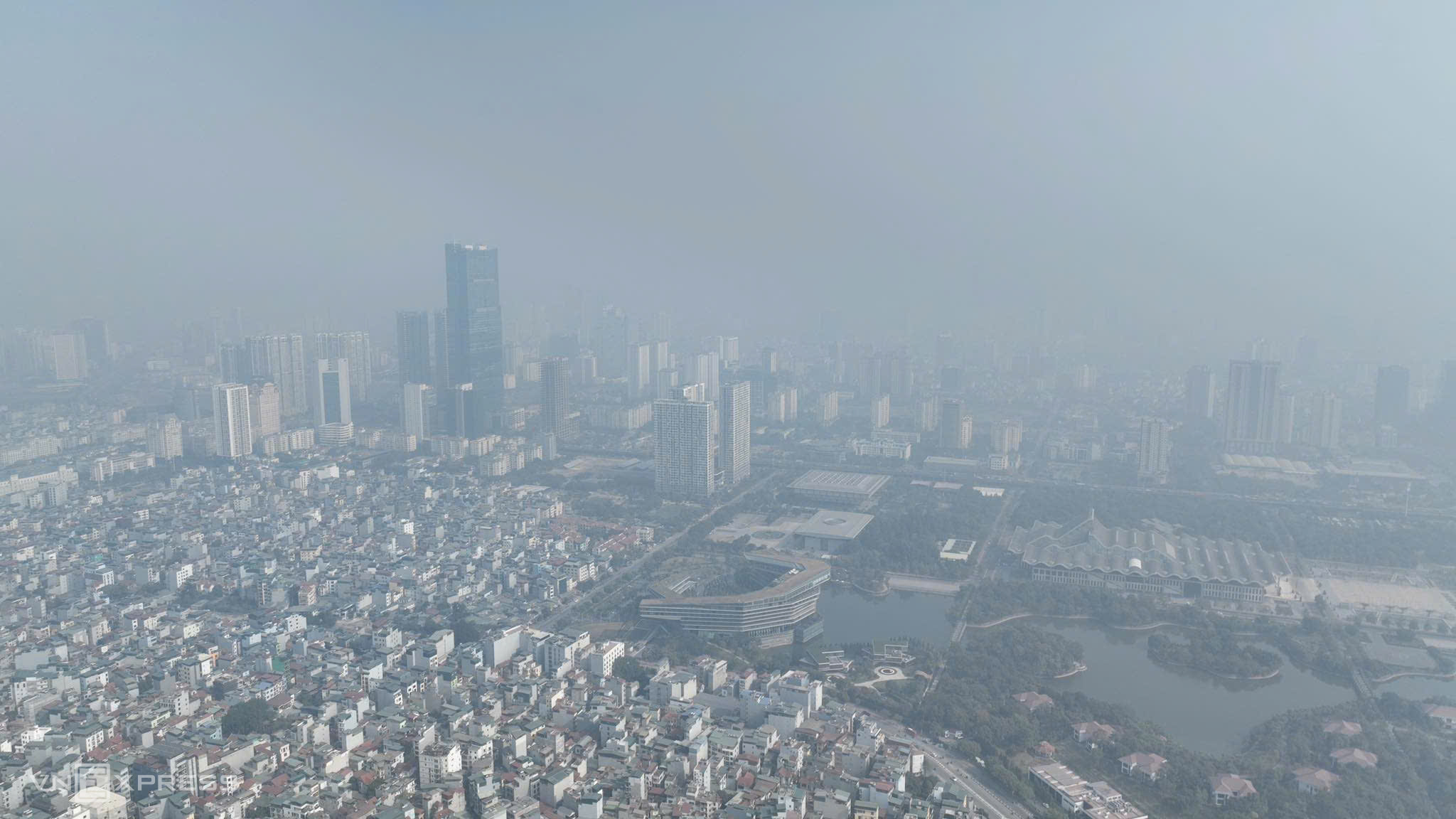 |
Air pollution in Trung Hoa area in early 2025. Photo: Thanh Hai |
Initially, city leaders and the Department of Transportation expressed determination to achieve the motorbike ban before 2030. Former Director of the Department of Transportation, Vu Van Vien, stated in a meeting with the Hanoi Party Secretary on 9/3/2019 that "the sooner motorbikes can be banned, the better".
Two months later, in a dialogue with workers, City Chairman Nguyen Duc Chung stated that "if public transport conditions improve, the city can accelerate the motorbike ban before 2030".
Despite these intentions, progress has been slow. In late 2021, the Hanoi People's Committee submitted a proposal to the People's Council on the Target Program for Traffic Congestion Reduction and Road Safety for 2021-2025. The city planned to continue researching and finalizing procedures to approve the motorbike restriction zoning plan. However, the proposal was not presented at the People's Council meeting.
In August 2024, in a report on the implementation of the People's Council's Resolution on the 2021-2025 socio-economic development plan, the Department of Transportation acknowledged that some tasks, including the "Zoning plan for motorbike restrictions", were not completed on schedule.
The department explained that this was a difficult and sensitive issue, requiring careful consideration of its impact on society and citizens. They emphasized the need for thorough legal review and appropriate timing.
In the list of socio-economic tasks for 2021-2025 reported by the People's Committee to the People's Council in August 2024, the motorbike zoning plan was marked as "requesting discontinuation".
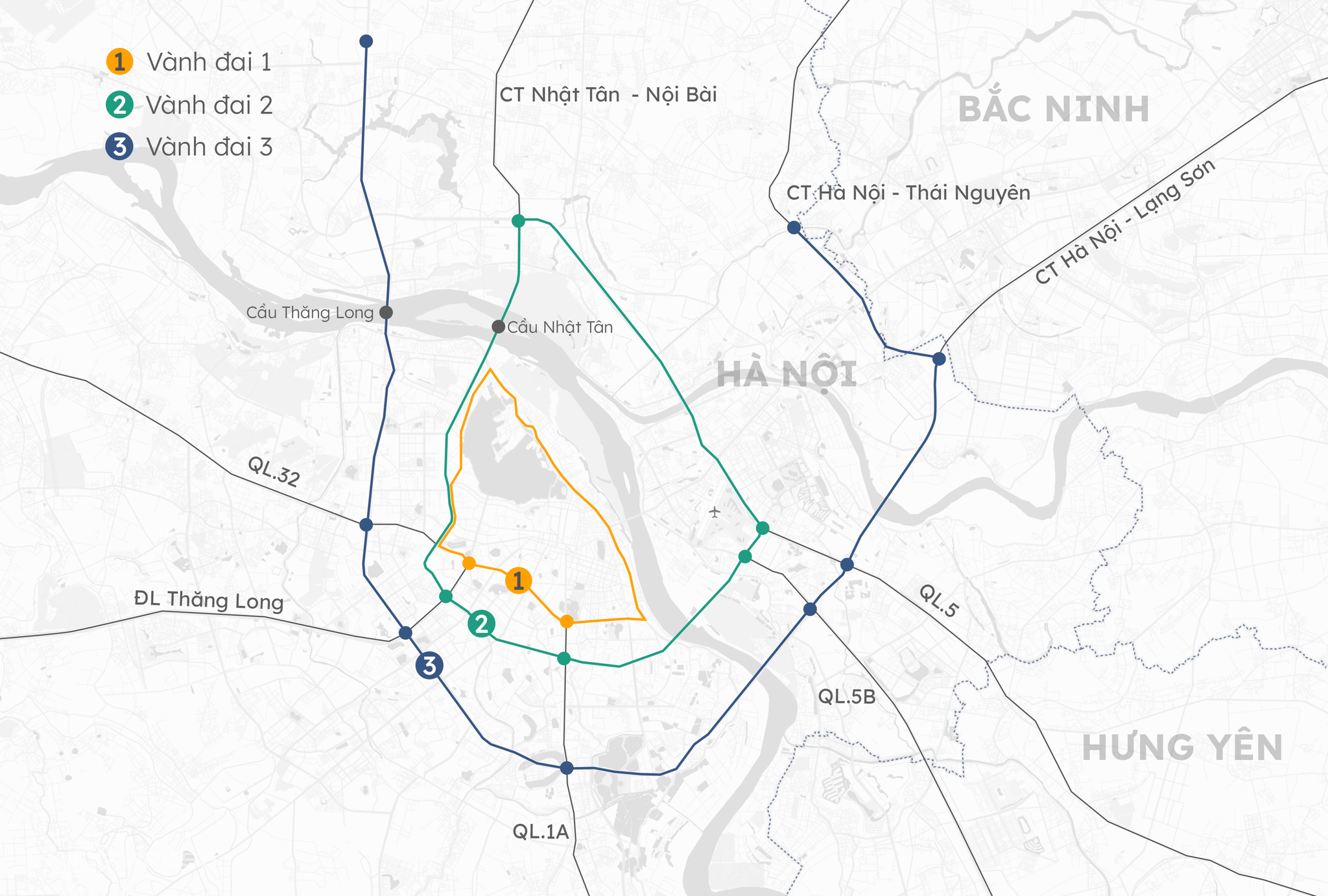 |
Hanoi's Ring Roads 1, 2, and 3. Graphics: Hoang Khanh |
By 2025, with the rise of electric vehicles, City Chairman Tran Si Thanh reaffirmed Hanoi's commitment to the 2017 resolution on managing personal vehicles to reduce congestion and pollution during a meeting with the Vietnam Association of Motorcycle Manufacturers on 9/6. Hanoi will maintain the 2030 target for restricting motorbikes in districts, while promoting a gradual shift from petrol to electric motorbikes.
"This policy was issued more than 7 years ago, so it's not surprising to businesses or citizens. The city is determined to implement the roadmap for transitioning from fossil fuel vehicles to clean energy," he said.
To achieve this, Hanoi will implement support policies for citizens, invest in charging stations, enhance safety standards in charging areas, and develop public transport. The city aims to transition all buses to clean energy by 2030 and complete 10 urban railway lines totaling over 400 km by 2035.
Mr. Tran Si Thanh assigned the Department of Construction to coordinate with relevant parties to develop a suitable transition roadmap, balancing the interests of the state, businesses, and citizens. "Motorcycle manufacturers have been present in Vietnam for decades, so they should support the city in assisting citizens to transition to green vehicles, contributing to a more civilized and environmentally friendly capital," he said.
According to the Department of Transportation, by the end of 2024, Hanoi had over 9.2 million vehicles operating within the city (excluding vehicles belonging to central agencies). The city manages over 8 million vehicles, including 1.1 million cars and over 6.9 million motorbikes. Additionally, around 1.2 million personal cars and motorbikes from other provinces and cities circulate in Hanoi.
The annual vehicle growth rate in Hanoi is around 4-5%, 11 to 17 times faster than the rate of road expansion. Personal cars are increasing by about 10% annually, over 30 times faster than the increase in land allocated for transportation. Traffic activity, with a large number of petrol-powered vehicles, is one of the 5 main sources of air pollution in Hanoi.
Vo Hai



